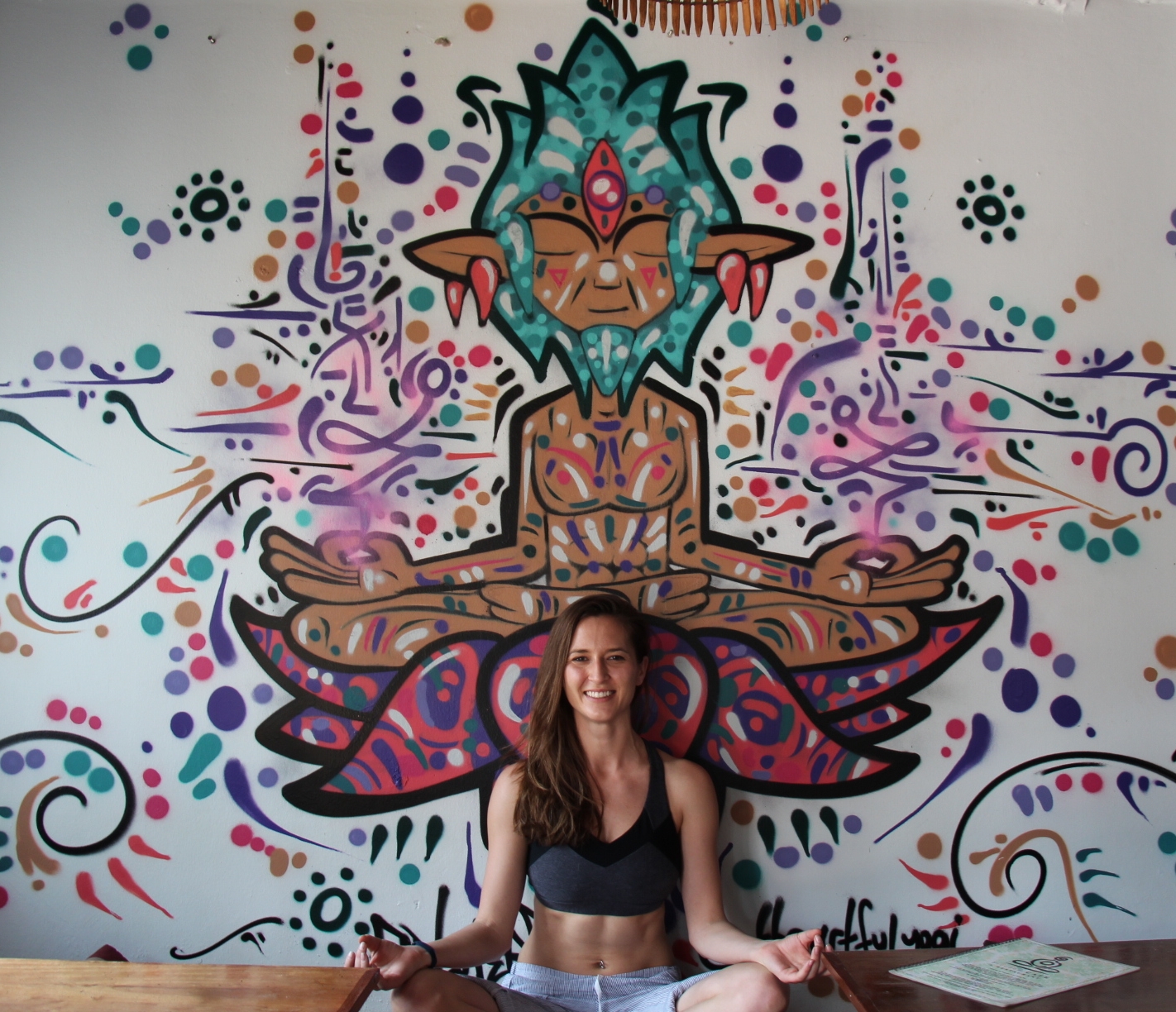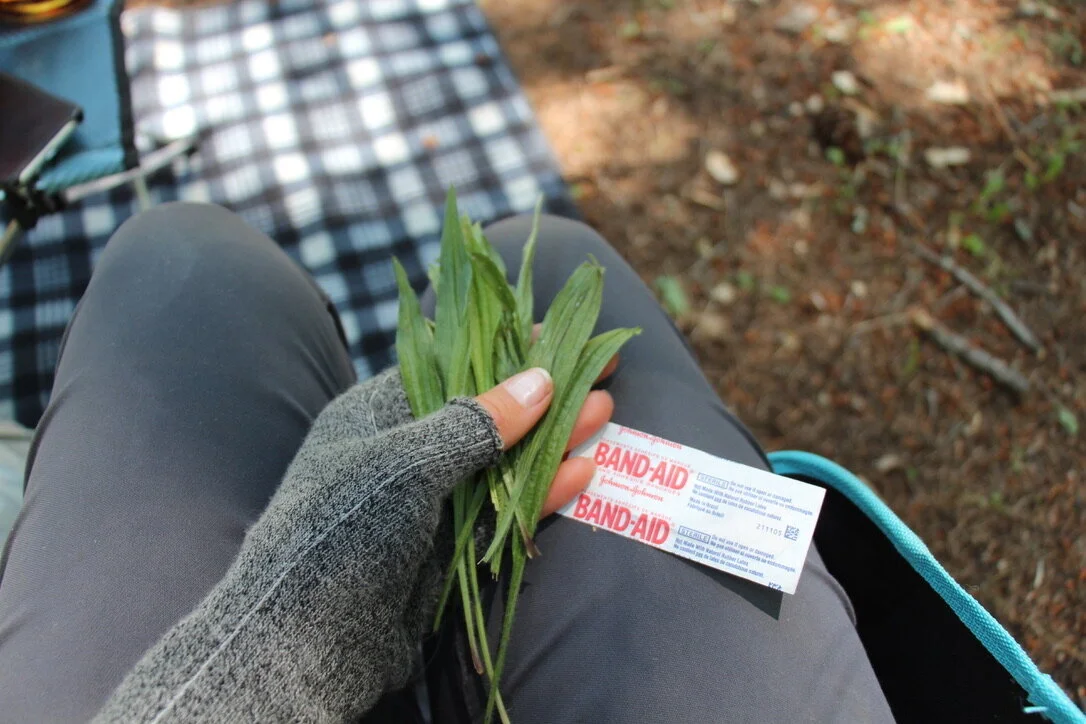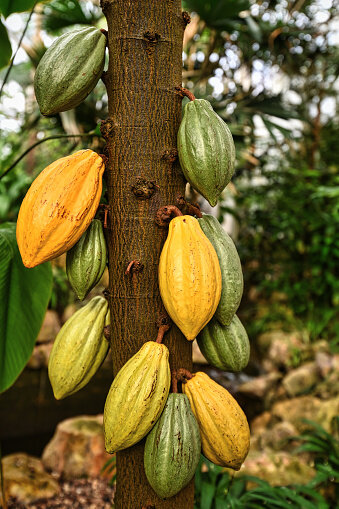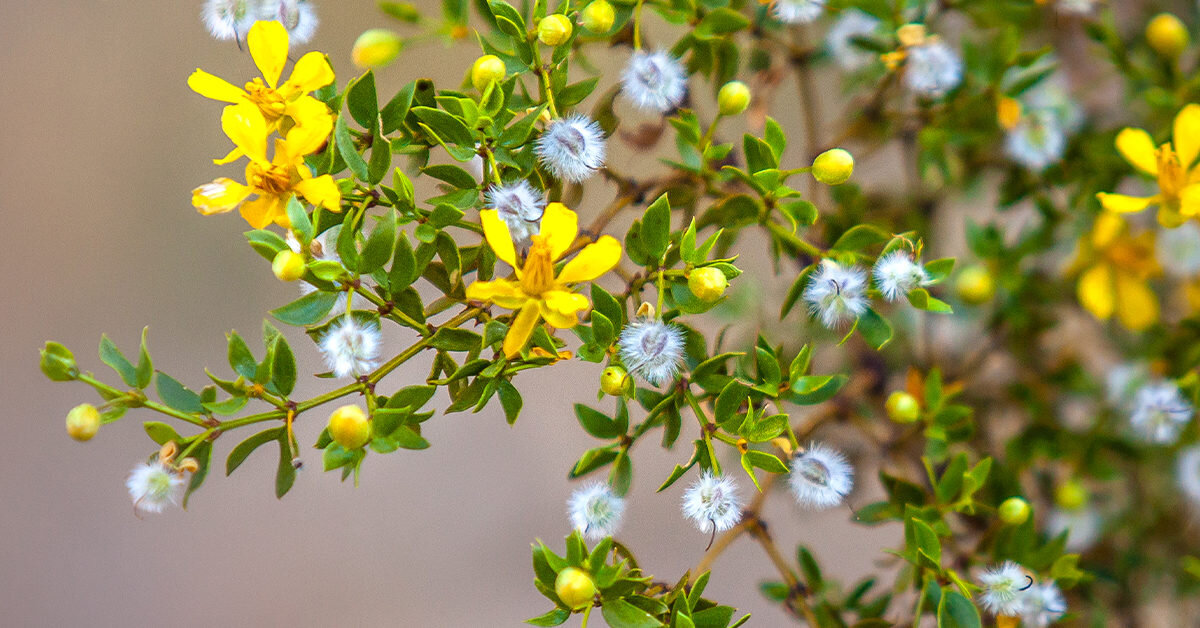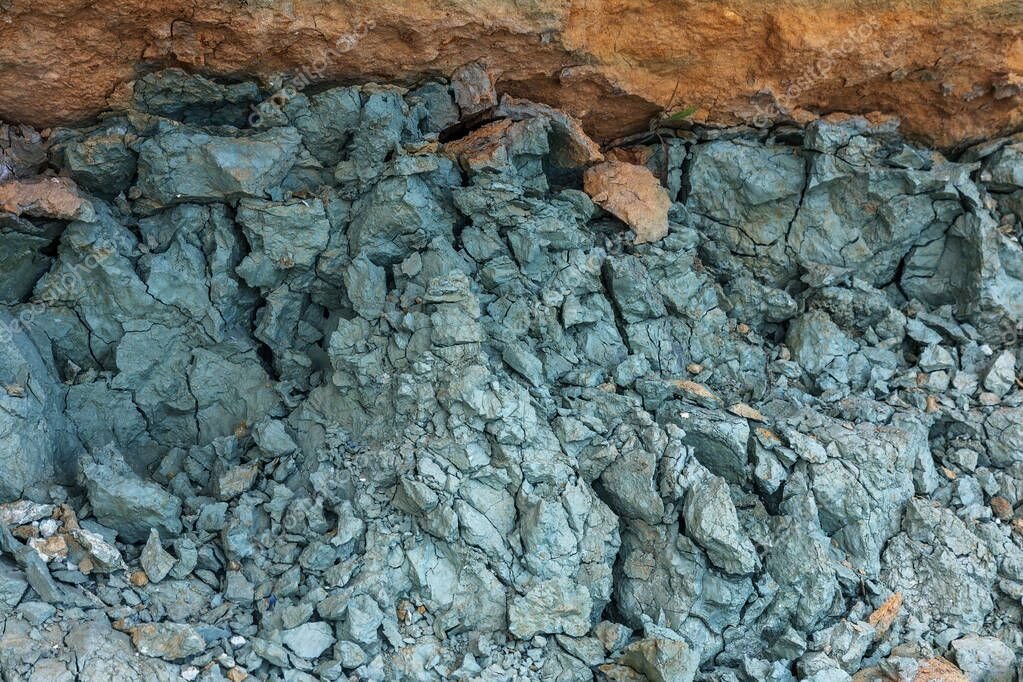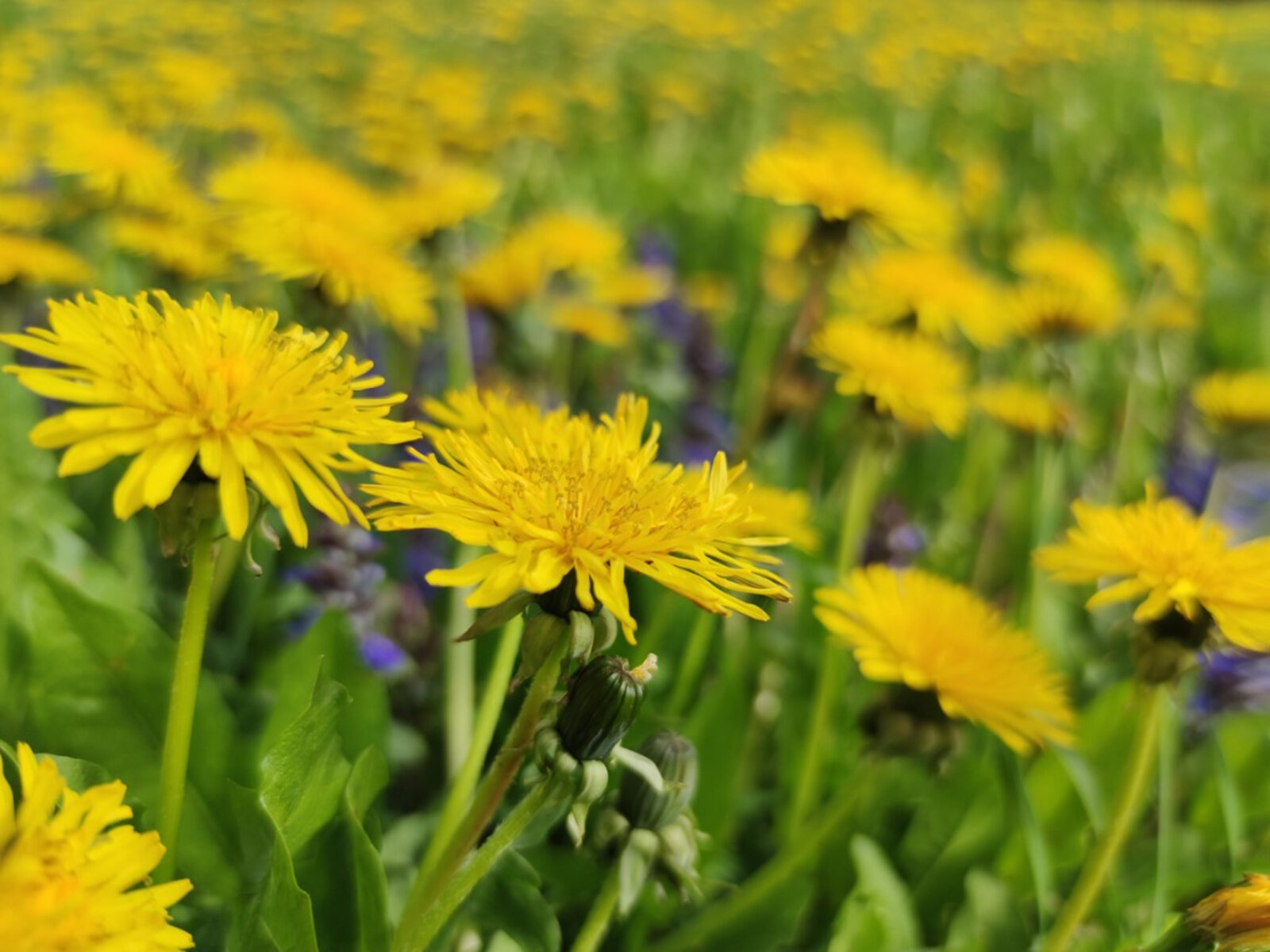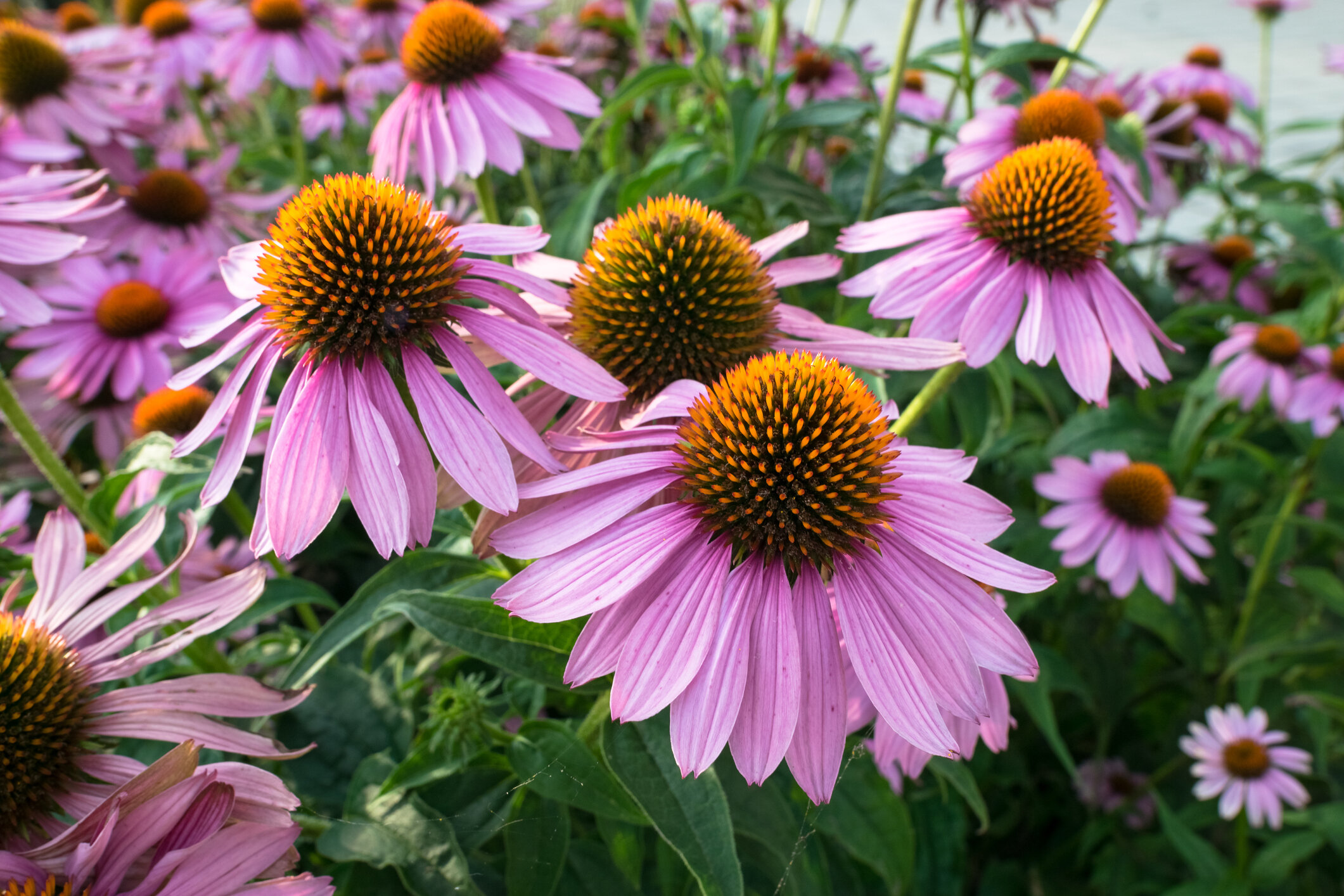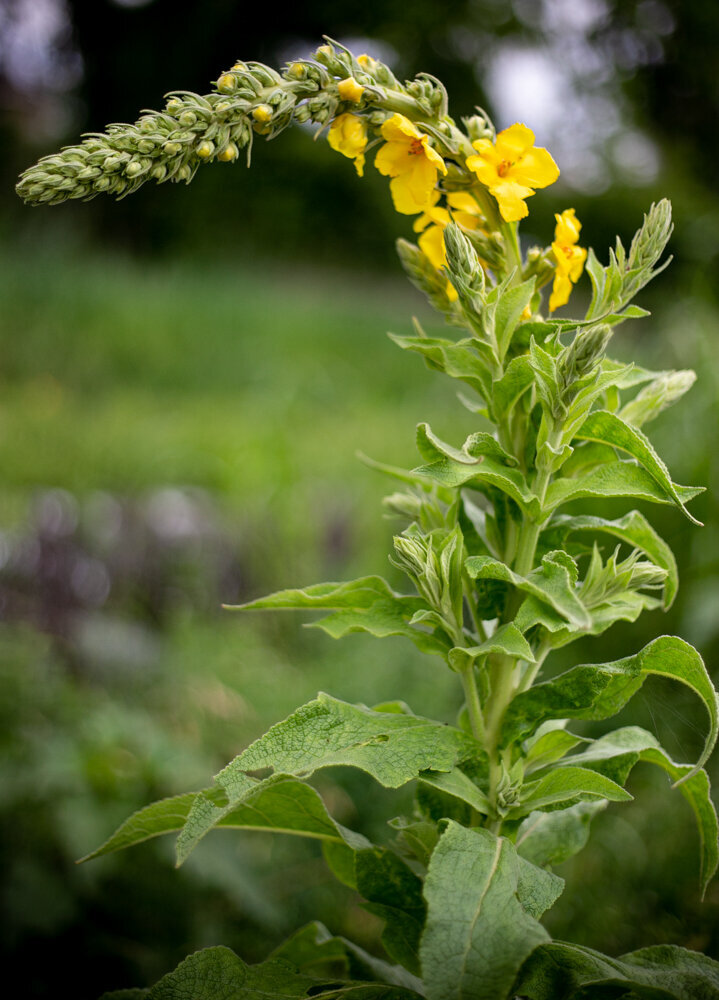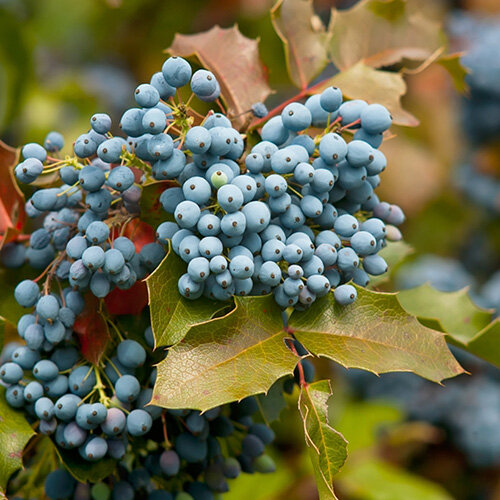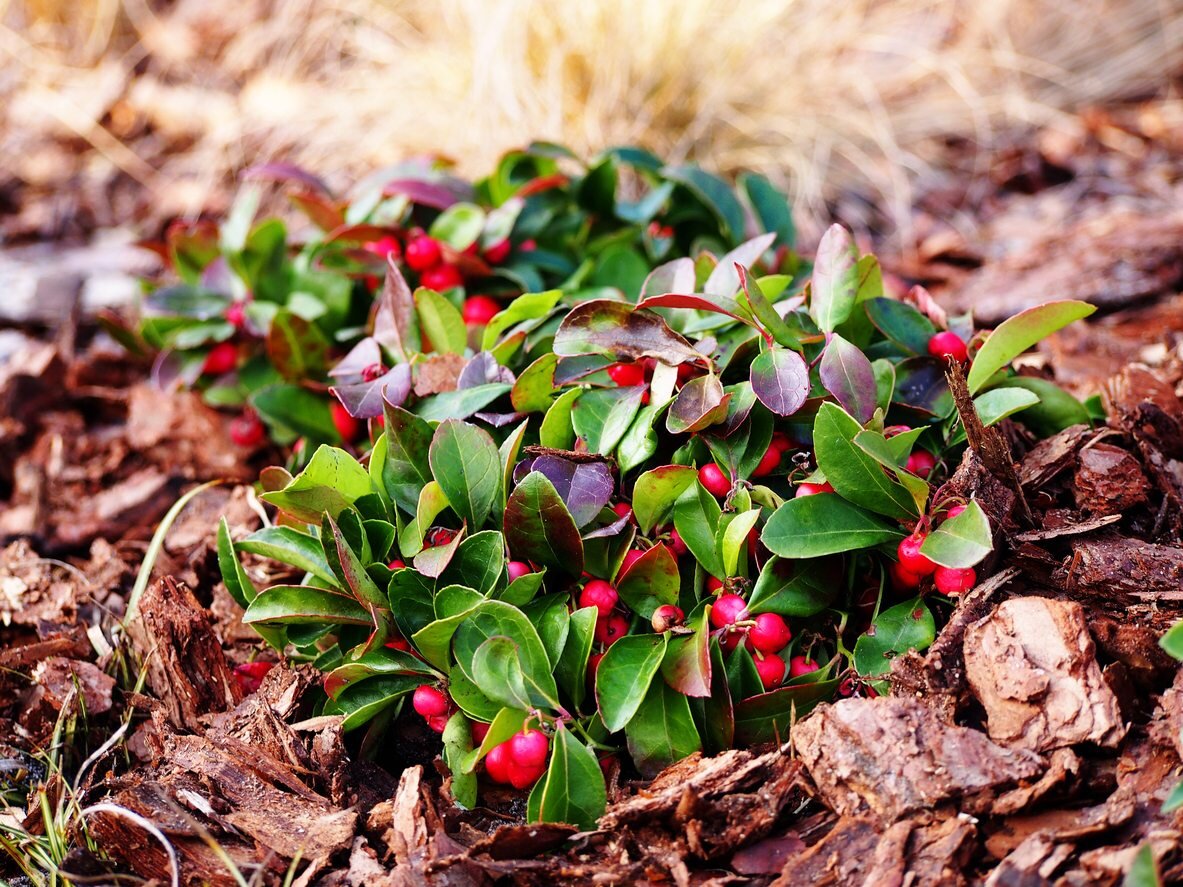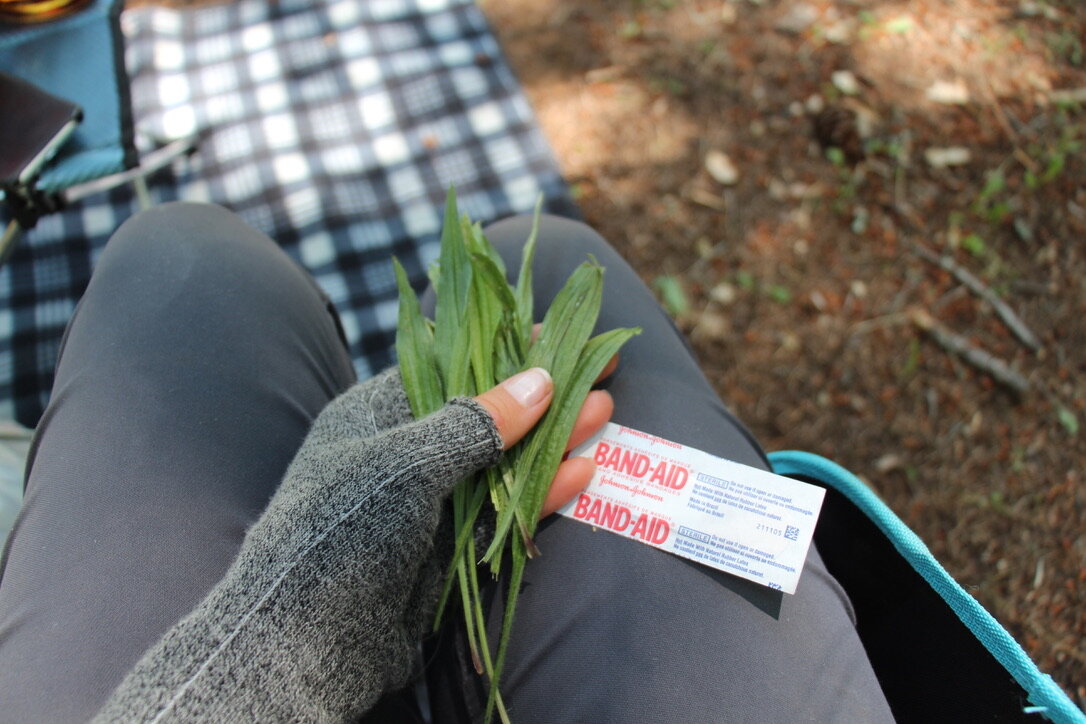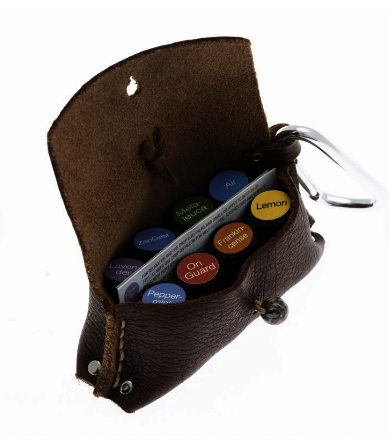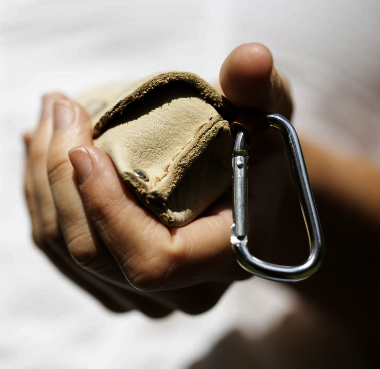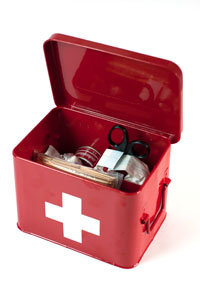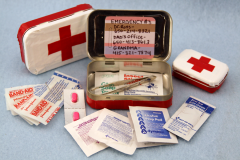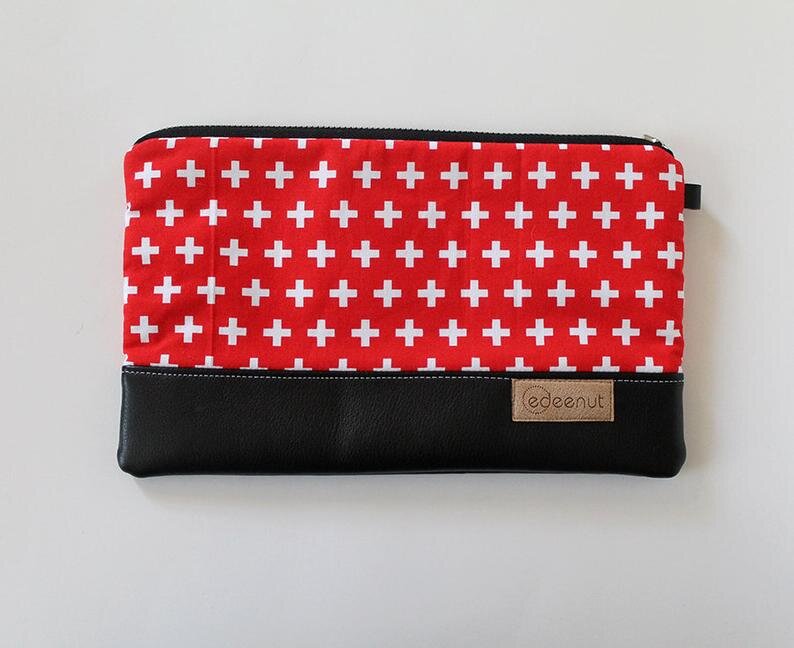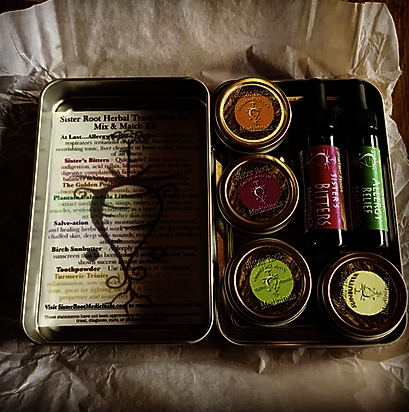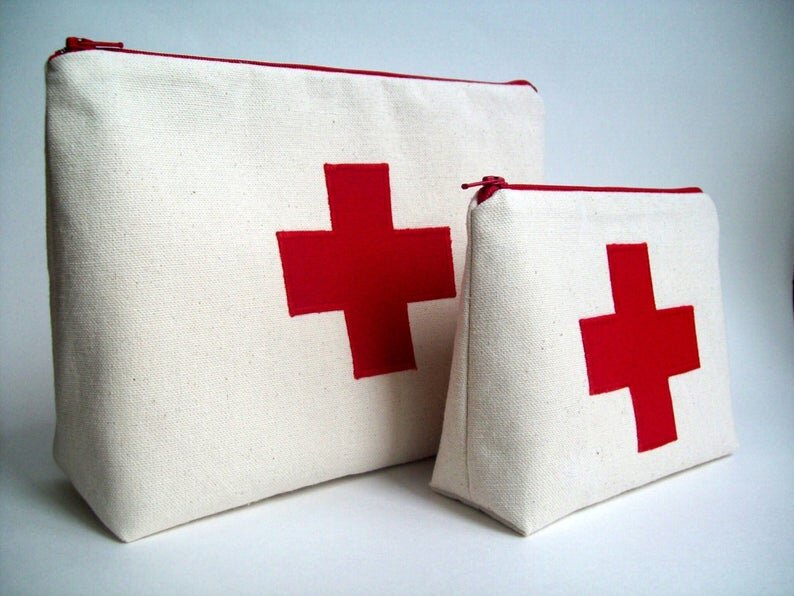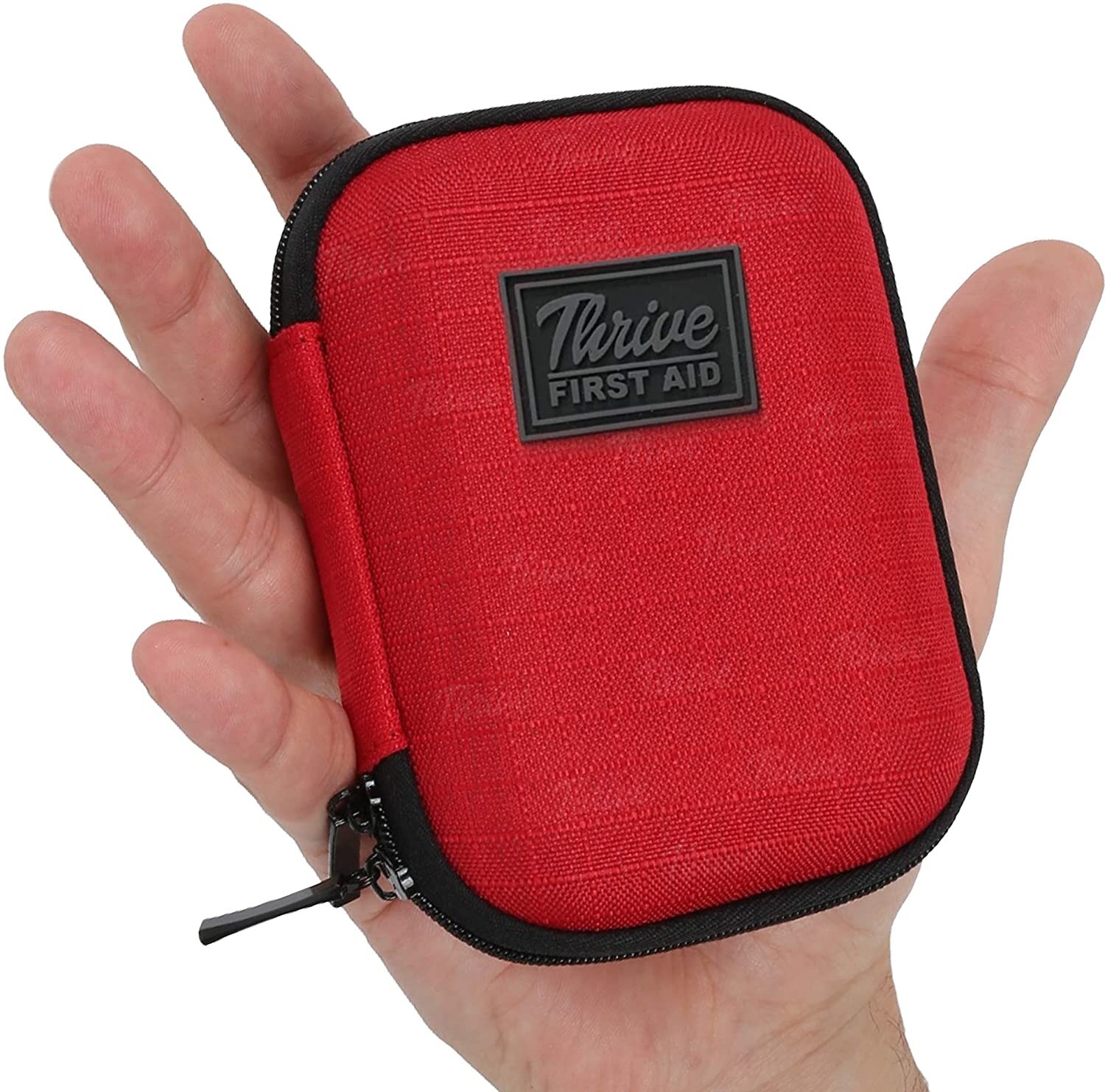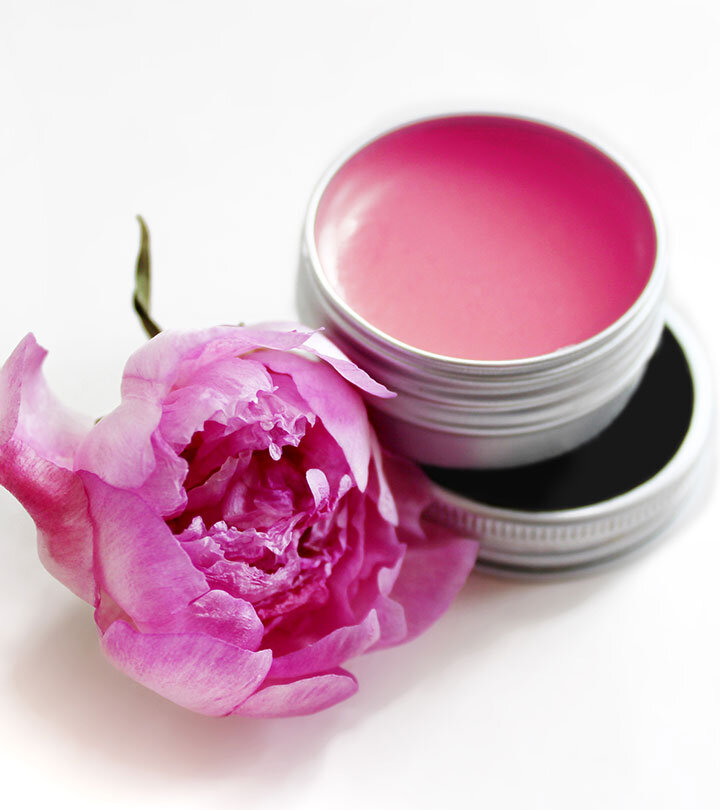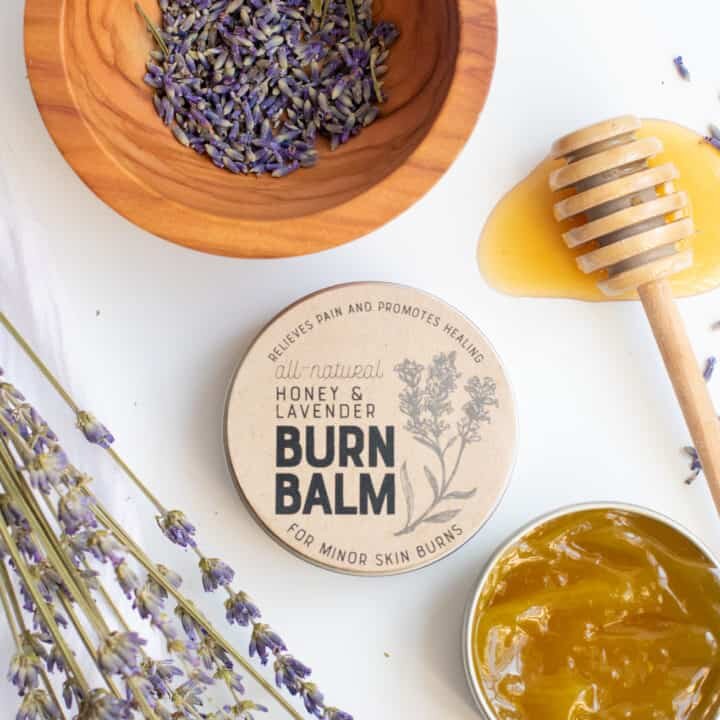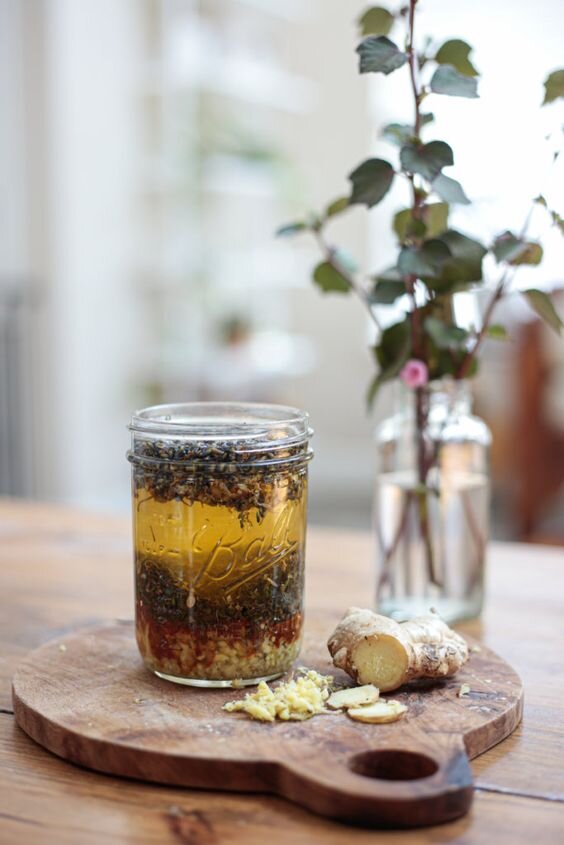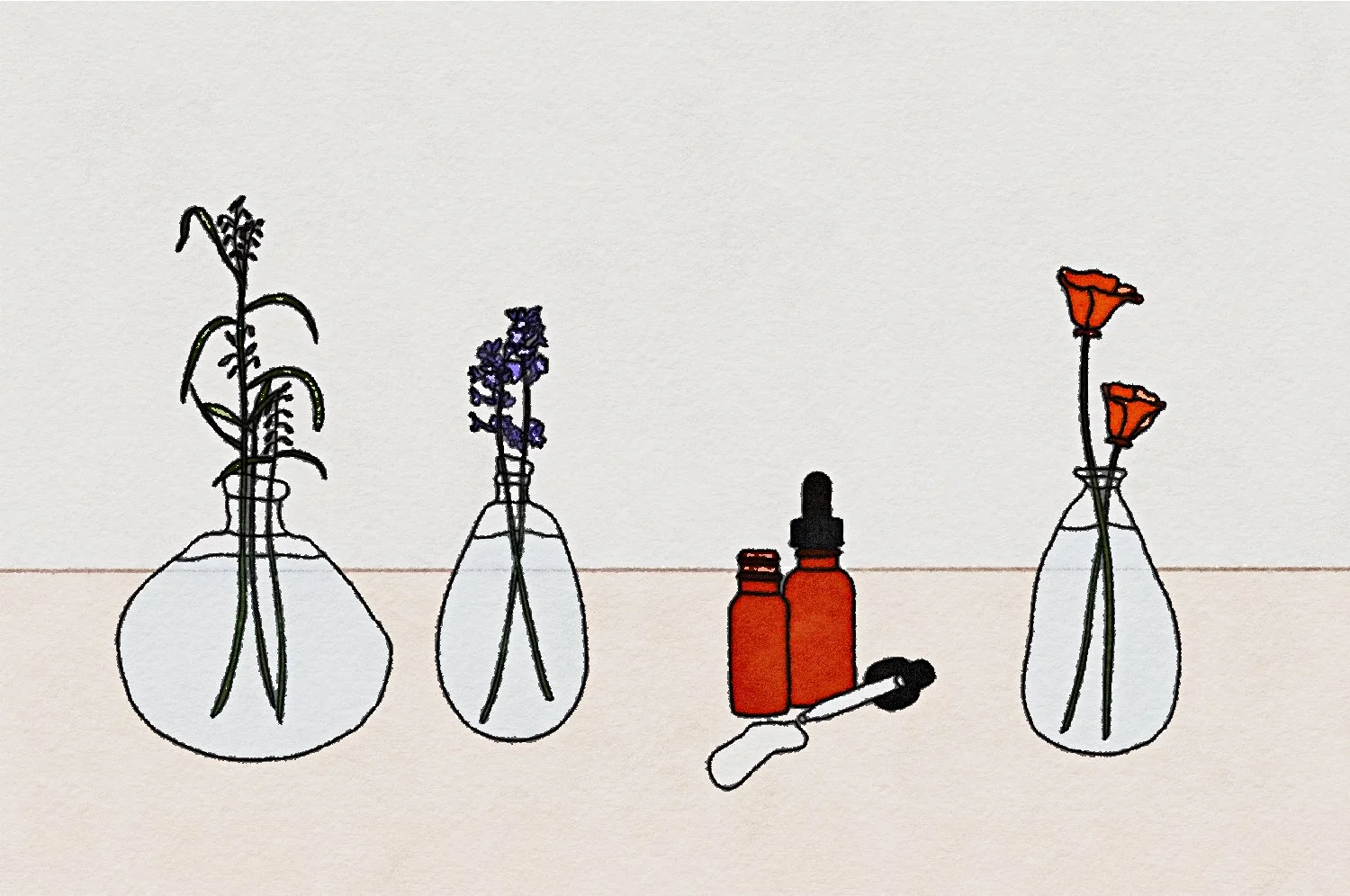Wild First Aid
Medicine in Nature
There was a fun experiment in class to find something in nature that was NOT medicine. Needless to say, we could not find a single thing that was NOT a benefit to us. the rocks hold minerals that reveal themselves over time with the gentle thunder of water. Water itself is a major medicine; a carrier of so many things, and never “empty”. It always hold vibrations and miniscule amounts of the material it passes with. Air is similar, and a fraction of it is water.
These is just a glimpse of some of our most popular healers.
Notes on our popular healing wild herbs
Aloe
Nature’s bandaid, very soothing for cuts and burns, poison oak, soothes tissue, reduces inflammation
Demulcent: Soothes mucous membranes often with a mucilaginous texture
Emolient: Skin softening, a moisturizer
Can be used internally and externally (can be eaten AND applied to the skin). Apply along with poultice (plant bandaid).
Also great for constipation
Warning: Do not use when staph or strep is suspected
Apple cider vinegar
Common soaked compress for stings, hives, bruises, funguses and on the forehead to soothe headaches. The vinegar can be soaked with herbs for a few weeks.
Arnica
Vulnerary: Wound healing agent
for trauma to tissue, bruises, jagged wounds, torn ligaments, muscles (works great on its own)
Reduces inflammation
For inflammation soon after soft tissue injury (sprains, etc.) and for swollen wounds
Can purchase tablets to heal bruises, sharp jagged wounds, torn ligaments, pulled muscles
Makes a great liniment/oil on its own (could add St. John’s wort), for topical use
Astragalus
Used in a combo for immune-boosting, prevention, infection, and wound healing
Beeswax
Made by female worker honey bees. Special glands on their abdomen secrete wax, and small pieces are shaped together into many sheets of honeycomb. Antimicrobial, and works as a wonderful, and tasty, base for many salves and creams.
Also, bee pollen is antiseptic: stops or slows down the growth of microorganisms (reducing risk of infection)
Bitters
A broad category of many vegetables and leafy herbs that help the liver digesting food. Eating something bitter 15 minutes before eating gets digestive juices flowing.
Great to have more when traveling, which can be tough on digestion (combatting stress, new things, etc)
Blackberry root
Astringent: Constricts and tightens body tissues, reduces discharges
Tincture helps with diarrhea
Black Walnut
Used to treat fungal infections, including athletes foot
Cacao butter
Another beautiful smelling, and tasting, base for many creams and salves.
Calendula
Reduces inflammation - great in a tea or applied on the skin
Antimicrobial/Antiseptic: stops or slows down the growth of microorganisms (reducing risk of infection)
Vulnerary: Wound healing agent
Used in many wound healing and bruise salves
California poppy
Anxiolytic/Trauma Aid: reduces anxiety
Sedative, sleep aid
Used as a glycerite, tincture; medium to large dose;
Camphor
Soreness salve
It can be used topically to relieve pain, irritation, and itching. Camphor is also used to relieve chest congestion and inflammatory conditions.
hair loss.
acne.
warts.
earaches.
cold sores.
hemorrhoids.
heart disease symptoms.
poor blood circulation.
Cascara
Good for constipation. Drink in the evening with lots of water. Add small amount of cayenne.
Warning: Use for several days if necessary, then discontinue use. Not meant to be used daily.
Castor oil
Castor seeds without the hull are used for birth control, constipation, leprosy, and syphilis. Castor oil is used as a laxative for constipation, to start labor in pregnancy, and to start the flow of breast milk.
One of the most common compresses.
Usually for problems of elimination. The oil soaked cloth is placed over the kidneys, intestine, liver or lungs to assist that organ. It is covered with an oil cloth or heavy piece of plastic, then a hot water bottle is placed over that to keep it warm, about an hour.
Small castor oil compresses are used to remove warts and corns. A piece of cotton is soaked in the oil then held in place.
Dandelion, fig are also used for warts. (along with skin softeners, wintergreen and willow.)
Cayenne
Stops bleeding (applied onto skin). Excellent for circulation.
Internally used for heart problems (circulation of blood).
A small amount in water for decongestant and/or to move bowels.
Anesthetic: Reduces local sensation
Chamomile
Relaxing, reduces inflammation
Helps with Diarrhea
Chaparral
Fights infection
Antiseptic: stops or slows down the growth of microorganisms (reducing risk of infection)
Charcoal
Great for detox: binds to and removes toxins/poisons internally
Attracts and holds foreign material (sliver and splinters, etc)
Cherry Plum
Despite their small size, cherry plums are packed with loads of nutrients
Great for the body's metabolism and nervous system
Part of Rescue Remedy ~ Good for most anything! Trauma, accidents, anxiety. Take a few drops under the tongue every few minutes until calm.
Chickweed
Vulnerary: Wound healing agent
Great in salves
Clay
Great as an external poultice for infections, cuts, wounds, draws out slivers, healing skin as a mask
Internally, used to expel stomach toxins.
For diarrhea, mix 1 teaspoon with glass of water and drink 1-2x daily.
Natural clays have been used to heal skin infections since the earliest recorded history
Even the Mayo Clinic now conceeds clay can fight bacteria in wounds, including some treatment-resistant bacteria.
accelerate wound healing process by enhancing granulation, wound contraction, epithelialization, angiogenesis and collagen deposition.
Putting mud on wounds: the presence of soil in wounds helps activate a blood protein, known as coagulation. Once activated, the protein kicks off a rapid chain reaction that helps leads to the formation of a plug, sealing the wound and limiting blood loss
Clay is one of the most drawing materials available for a poultice. Clay is an amazing healer all by itself. It is used to draw out pus and foreign matter from the skin, on burns, bruises, sprains, and even bone fractures. It is one of the best treatments for acne. Clay poultices work of the internal organs as well.
The clay powder is mixed with cold water into paste, in the same manner as the other drawing poultices. It is very sticky and easily applied. Use cloth to keep it in place if that is more convenient. Keep a container of pre-mixed claypaste handy for all of the stings, bites, and splinters so common in the country. If it dries out, a little puddle of water on the surface quickly mixes with the clay to form a paste again. A plastic lip balm-like container of clay is an important part of my traveling first aid kit. Clay is the first thing I turn to with animal injuries since it stays on them so well and is used by many animals when injured in a natural environment.
Clematis
Part of Rescue Remedy ~ Good for most anything! Trauma, accidents, anxiety. Take a few drops under the tongue every few minutes until calm.
Used for joint pain (rheumatism), headaches, varicose veins, syphilis, gout, bone disorders, ongoing skin conditions, and fluid retention. Some people apply clematis directly to the skin for blisters and in a wet dressing (as a poultice) to treat infected wounds and ulcers
Clove
4 Thieves blend (used during black plague in creepy mask to hold herbs)
essential oil used as an anesthetic: Reduces local sensation
Coconut Butter
Great for moisturizing and protecting the skin. Promotes skin elasticity and fights free radical damage
Comfrey.
Useful for soft tissue injuries, breaks, and bruising. Reduces inflammation
Demulcent: Soothes mucous membranes often with a mucilaginous texture
Emolient: Skin softening, a moisturizer
Vulnerary: Wound healing agent
Cautions: Limit use to 2 weeks; Caution with internal use (liver damage) and external use (may exacerbate infection)
Conifer Resin
Antimicrobial/Antiseptic: stops or slows down the growth of microorganisms (reducing risk of infection)
Damiana
Known for its sexual benefits, it also helps ease the mind, eases anxiety (included in trauma tincture)
Lowers blood sugar levels
Fights bacteria
Dandelion
Tons of nutrients to help nourish from the inside out.
Also bitter, great for digestion.
The caustic white latex of dandelion and fig are used for warts (soaked in castor oil), along with skin softeners, wintergreen and willow
Echinacea
Immune system stimulant, prevents infection. Use at first sign of any infection, or any sickness. Take a dropper-full every hour as tincture or pills. Long term use (over 5 days) decreases its effectiveness.
Fights infections and heal wounds
Antimicrobial/Antiseptic: stops or slows down the growth of microorganisms (reducing risk of infection)
Great powder to have on hand
Eucalyptus
Great for respiratory system
Decrease pain, promote relaxation, and relieve cold symptoms. Many over-the-counter products also use eucalyptus extract to freshen your breath, soothe irritated skin, and repel insects.
Garlic
Antimicrobial/Antiseptic: stops or slows down the growth of microorganisms (reducing risk of infection)
Geranium
Astringent: Constricts and tightens body tissues, reduces discharges
Used when a breastfeeding mom has clogged milk ducts (essential oil massaged into breasts)
Ginger
Ginger/peppermint: Use for stomach stress/nausea, traveling sickness, after vomiting as mouthwash
Rubefacient/Circulatory Stimulant: Stimulates local blood vessels causing skin reddening
Reduces inflammation
Ginko
Great for jet lag, to have when flying.
Along with hawthorne, Take ½ to 1 dropper 3x a day, beginning 2 days before traveling to 1-2 days after flight.
Golden Seal
EXTERNAL USE ONLY. Best disinfectant for any wounds, cuts, infections, insect bites, stings, even gum infections, or anything with potential for getting infected.
Fights infection (one of strongest we have!) (excellent for infections of mucous or digestive systems)
Needs sustainable sourcing bc endangered in the wild due to pharma exhausting it once saw its benefits. try to find sustainably harvested vs wildcrafted).
Powerful disinfectant, natural anti-biotic.
Put directly on open wounds, infections, insect bites and stings.
Mix a small amount with water and take internally for infections and stomach problems.
Gotu Kola
Vulnerary: Wound healing agent
For wound healing; internal and external use
Also great for memory. Elephant’s favorite plant.
Hawthorn
For jet lag, combine with Gingko: Take ½ to 1 dropper 3x a day, 2 days before through 1-2 days after flight
Used for centuries to treat digestive issues, particularly indigestion and stomach pain. The berries contain fiber, which has been proven to aid digestion by reducing constipation and acting as a prebiotic
Excellent anti-aging botanical in that it helps supply the skin with collagen and proteins. Rich Choline which is a member of the B-vitamin family helps maintain optimum collagen and elastin levels
Hops
Pain relief, Sedative/Sleep aid
Impatiens
For impatience and the frustration and irritability that often go with it, also shyness and timidity
Part of Rescue Remedy ~ Good for most anything! Trauma, accidents, anxiety. Take a few drops under the tongue every few minutes until calm.
Jamaican Dogwood
Relieves pain, Sedative/Sleep aid
Kava Kava
In many pain relief blends
Anxiolytic/Trauma Aid: reduces anxiety
Sedative/Sleep aid (but not by making sleepyu, but calming mind. Many love to use before ceremonies, or giving seeches or interviews)
Kelp
Seaweed is well known for holding large amounts of water which gives it great hydration and elasticity benefits for your skin
Major benefits for skin come in its anti-oxidant and anti-inflammatory properties. Anti-oxidants are known to help protect your skin against UVA rays, extreme environments and daily pollution
Packed with nutrients, minerals and antioxidants
Known to help soften and hydrate dry skin, and retain moisture
It's rich in chlorophyll – which detoxifies the skin – and essential fatty acids and Vitamin A – which tighten and smooth sagging, dehydrated skin
Lady’s Mantle
Astringent: Constricts and tightens body tissues, reduces discharges
Lavender
Included in trauma tincture
Headaches (rub a few drops on the temples and/or nape of neck)
Use in spritzer to calm and relax, or a few drops of the oil on pillow at night help one to sleep.
Apply directly on bee stings and bites to reduce inflammation
Effective burn aid
Lemon Balm
Used in relaxing tea blends, included in trauma tincture
Lemon Verbena
Relaxing
Licorice
Reduces inflammation
Demulcent: Soothes mucous membranes often with a mucilaginous texture
Emolient: Skin softening, a moisturizer
Lobelia
Relieves pain
Anxiolytic/Trauma Aid: reduces anxiety
Marijuana
Relieves pain
Helps open mind to more creativity away from learned habits in old age
Sedative/Sleep aid
Marsh Mallow
Great as a tea, or topically on wounds. Really good for coughing issues and dry cough
Reduces inflammation, Pain relief
Vulnerary: Wound healing agent
Demulcent: Soothes mucous membranes often with a mucilaginous texture
Emolient: Skin softening, a moisturizer
Meadowsweet
Reduces inflammation
Motherwort
Anxiolytic/Trauma Aid: reduces anxiety
Mugwort
Can be used to to help counteract poison oak rash. Magically enough, mugwort and poison oak usually grow alongside one another! It grows in bushes, usually a few feet high, and the leaves have a silvery underside. When crushed, it releases a distinctively strong herbal smell, and can help heal a bad cut when applied directly to the wound.
Mullein
The ideal bio-degradable toilet paper. Always grows near railroads; the ultimate traveler’s companion. It is said that old witches of old used the candles of the stems: when dried and soaked in oil or fat, they make wonderful torches and incense, for next time you are out camping! The flowers are also a powerful medicine for ear infections, swollen glands, inflammation, and trauma. The flower infused oil is warmed and applied topically to the traumatized area. The leaf is used for cough and cold medicine.
Mustard
Rubefacient/Circulatory Stimulant: Stimulates local blood vessels causing skin reddening
Myrrh
Classic Chinese medicine combines this with Frankincense for blood circulation problems, arthritis, swelling, pain, infection and skin sores, kills bacteria (powder great to have)
Antimicrobial/Antiseptic: stops or slows down the growth of microorganisms (reducing risk of infection)
Nettles
Rubefacient/Circulatory Stimulant: Stimulates local blood vessels causing skin reddening
STINGING sensation for a few minutes, but can be good for those with arthritis. Dipping leaves in water or cooking removes the sting.
Oat Straw
Relaxing
Olive Oil
Rich in vitamins and antioxidants
Improves skin moisturization, anti-aging effects, and relief from sun damage
Oregon Grape Root
Fights infections
Antimicrobial/Antiseptic: stops or slows down the growth of microorganisms (reducing risk of infection)
Passionflower
Anxiolytic/Trauma Aid: reduces anxiety
Sedative/Sleep aid
Peppermint
Good for stomach stress/nausea, traveling sickness, after vomiting as mouthwash
Great with ginger for same help with nausea
Mint/Spearmint can be contraindicated for pregnancy in large amounts, reduces testosterone (but helps with acne/skin issues by reducing oil secretion)
Plantain leaf
Vulnerary: Wound healing agent
Not quite a banana plant found in the tropics, but a hearty weed that grows all over California. Can be applied directly to wounds. It naturally stops blood (coagulant), and kills bacteria (antispectic), and even relieves pain, prevent infection, and speed up healing. They have long, narrow leaves with a middle vein and parallel indentations. These also grow long, sticks with little buds that shoot out form the center of a plant to help identify them. These make fun little projectiles too.
Poison Oak
Nature’s Immune Response. While it may be harmful to humans, it is still good for other thigns, that are good for us. This is one just to know, so we avoid it, but poison itself usually indicates strong medicine in some way.
Known as a pioneer plant. After a large disturbance like a fire, for example, poison oak is often the first to pioneer the landscape and stabilize the soil, allowing for some species, including the coastal oak to flourish. We can thank poison oak for helping to keep steep slopes in place and for fostering oak woodlands
Its leaves and plants are nutrient dense favorites for many mammals and birds
Reishi
used in a combo for immune-boosting, prevention, infection, and wound healing
Rockrose
Used to treat panic, stress, extreme fright or fear, and anxiety; and for promoting calmness and relaxation
Part of Rescue Remedy ~ Good for most anything! Trauma, accidents, anxiety. Take a few drops under the tongue every few minutes until calm.
Rose
Relaxing. Anxiolytic/Trauma Aid: reduces anxiety
Great internal or external: especially applying to skin
Relaxing tea blend: Chamomile, Lemon balm, Lemon verbena, Oatstraw, Passionflower, Rose
Saint John’s Wort
Included in trauma tinctures, reduces anxiety
Reduces inflammation
Vulnerary: Wound healing agent
Senna
Good for constipation. Drink in the evening with lots of water. Add small amount of cayenne.
Warning: Use for several days if necessary, then discontinue use. Not meant to be used daily.
Sheperd’s Purse
Stops bleeding
Skullcap
Pain relief, Included in trauma tincture
Sedative/Sleep aid
Slippery Elm
Draws out toxins, esp splinters. apply to wounds, urns, and inflammation of any kind. (Great powder to have)
Demulcent: Soothes mucous membranes often with a mucilaginous texture. Great for cough or sore throat, internally.
Emolient: Skin softening, a moisturizer
Star of Bethlehem
To ease shock
Part of Rescue Remedy ~ Good for most anything! Trauma, accidents, anxiety. Take a few drops under the tongue every few minutes until calm.
Contemporary warnings mention this flower contains powerful chemicals called cardiac glycosides, and can effect heartbeat (well, at least it works! this little flower is
known to DO SOMETHING).
Tea Tree
Topical disinfectant used for insect bites, stings, toothache
Used in Trauma oil
Tulsi
Anxiolytic/Trauma Aid: reduces anxiety
Turmeric
Reduces inflammation
Valerian
Relieves pain
Sedative: for sleep, anxiety. Great in tincture form (potent).
Wintergreen
Used in salves for soreness
Skin softener: The caustic white latex of dandelion and fig are used for warts (soaked in castor oil), along with skin softeners, wintergreen and willow.
Willow
Skin softener: The caustic white latex of dandelion and fig are used for warts (soaked in castor oil), along with skin softeners, wintergreen and willow
Witch hazel
Antiseptic: stops or slows down the growth of microorganisms (reducing risk of infection)
Astringent: Constricts and tightens body tissues, reduces discharges
Yarrow
Fights infections, Reduces inflammation, Relieves pain, Stops bleeding
Antimicrobial/Antiseptic: stops or slows down the growth of microorganisms (reducing risk of infection)
Vulnerary: Wound healing agent
Used in a bruise salve
Yellow dock
Astringent: Constricts and tightens body tissues, reduces discharges
plantain leaves and bandaids. my herbal apothecary.
Salves
Liniments (topical)
Medicinal Plants easily found in the wild.
You may be surprised many of the weeds we as humans are most determined to kill are also the ones that do the best job of returning nutrients to damaged land, and in turn also bring us nutrients from deep in the ground. Their tenacity is actually what makes them into great medicine.
Many herbs are great to chew up, and spit out, and apply directly to wounds as “poultices”. You can then bandage them up with some gauge or string. These were the original bandaids! (and without the preservatives).
Plantain leaf: not quite a banana plant found in the tropics, but a hearty weed that grows all over California. Can be applied directly to wounds. It naturally stops blood (coagulant), and kills bacteria (antispectic), and even relieves pain, prevent infection, and speed up healing. They have long, narrow leaves with a middle vein and parallel indentations. These also grow long, sticks with little buds that shoot out form the center of a plant to help identify them. These make fun little projectiles too.
Mugwort can be used to to help counteract poison oak rash. Magically enough, mugwort and poison oak usually grow alongside one another! It grows in bushes, usually a few feet high, and the leaves have a silvery underside. When crushed, it releases a distinctively strong herbal smell, and can help heal a bad cut when applied directly to the wound.
Mullein is the ideal bio-degradable toilet paper. Always grows near railroads; the ultimate traveler’s companion. It is said that old witches of old used the candles of the stems: when dried and soaked in oil or fat, they make wonderful torches and incense, for next time you are out camping! The flowers are also a powerful medicine for ear infections, swollen glands, inflammation, and trauma. The flower infused oil is warmed and applied topically to the traumatized area. The leaf is used for cough and cold medicine.
Dandelion & Nettles: Tons of nutrients to help nourish from the inside out.
Chickweed
Mallow
This is also a good time to learn what poison ivy (east coast) or poison oak (west coast) look like.
plantain leaf, also known as “white man’s footprint” because it started growing along all the trails where the settlers went. super healing herb to chew up onto all kinds of cuts and stings.
poison oak
